15 Trending Ingredients That Are Changing the Culinary World
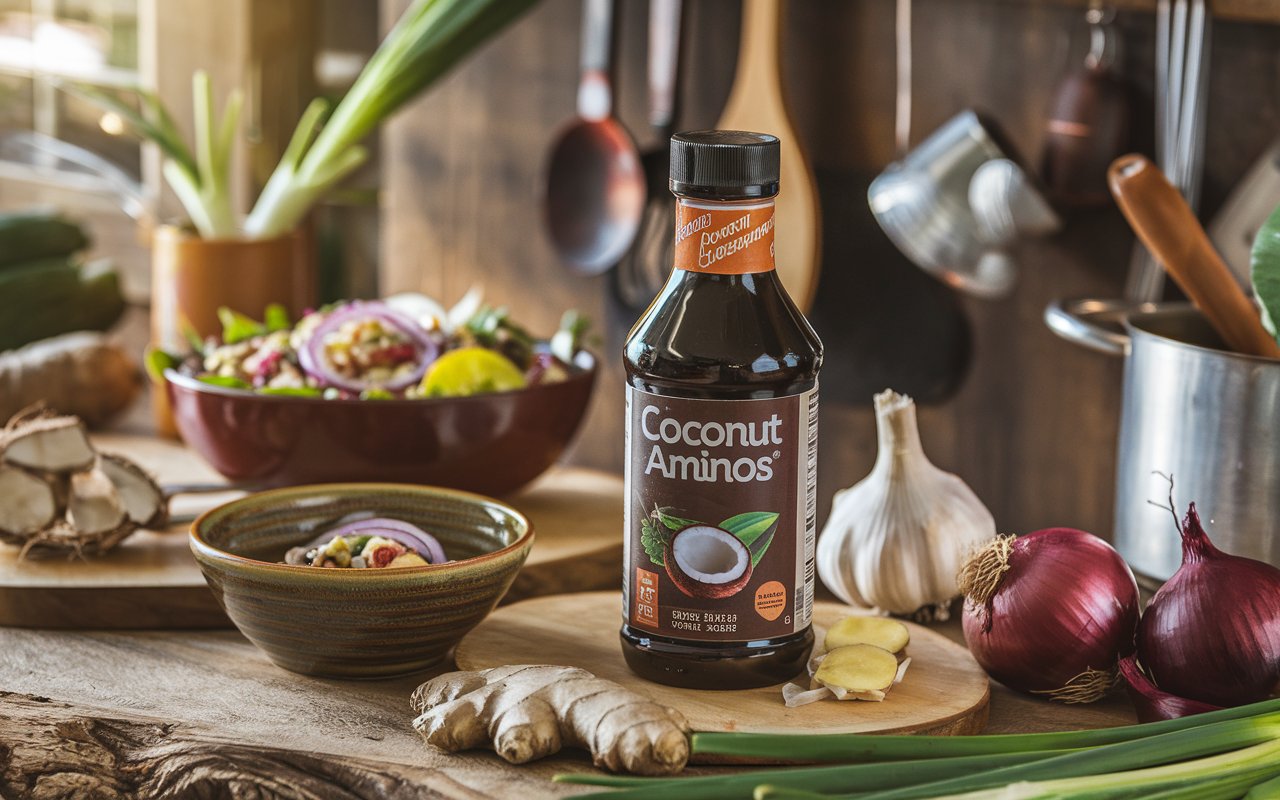
The culinary world is constantly evolving, with chefs and home cooks alike exploring new and innovative ingredients that enhance flavor, nutrition, and creativity in the kitchen. These trending ingredients are redefining modern cooking, offering unique textures, bold flavors, and exciting possibilities for dishes. From plant-based innovations to rediscovered traditional staples, these ingredients are making waves in restaurants and homes around the globe. They reflect the growing demand for sustainable, health-focused options while honoring diverse cultural traditions. Let’s dive into 15 ingredients that are shaping the future of food and inspiring a new era of culinary creativity.
1. Jackfruit
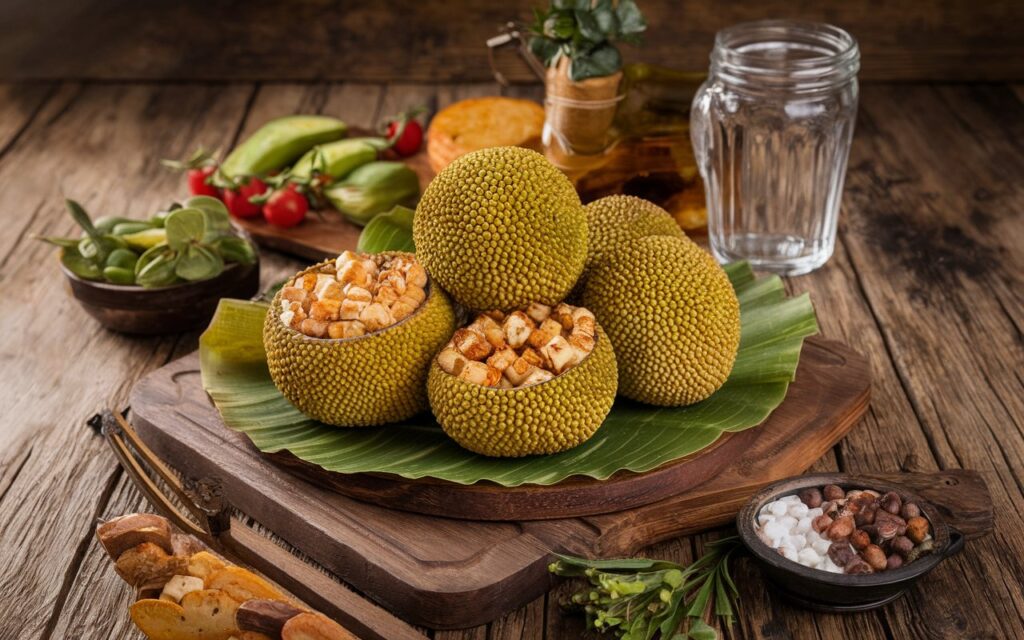
Jackfruit has gained popularity as a plant-based alternative to meat. Its fibrous texture mimics shredded chicken or pulled beef, making it a favorite for tacos, burgers, and curries. High in vitamins C and B6, jackfruit is not only versatile but also nutritious. Canned jackfruit is widely available and easy to cook—simply shred, season, and prepare it for your desired dish. Its mildly sweet flavor adapts well to both savory and sweet recipes, offering endless culinary possibilities. Additionally, jackfruit is a sustainable choice, as the trees are hardy and yield abundant fruit.
2. Aquafaba
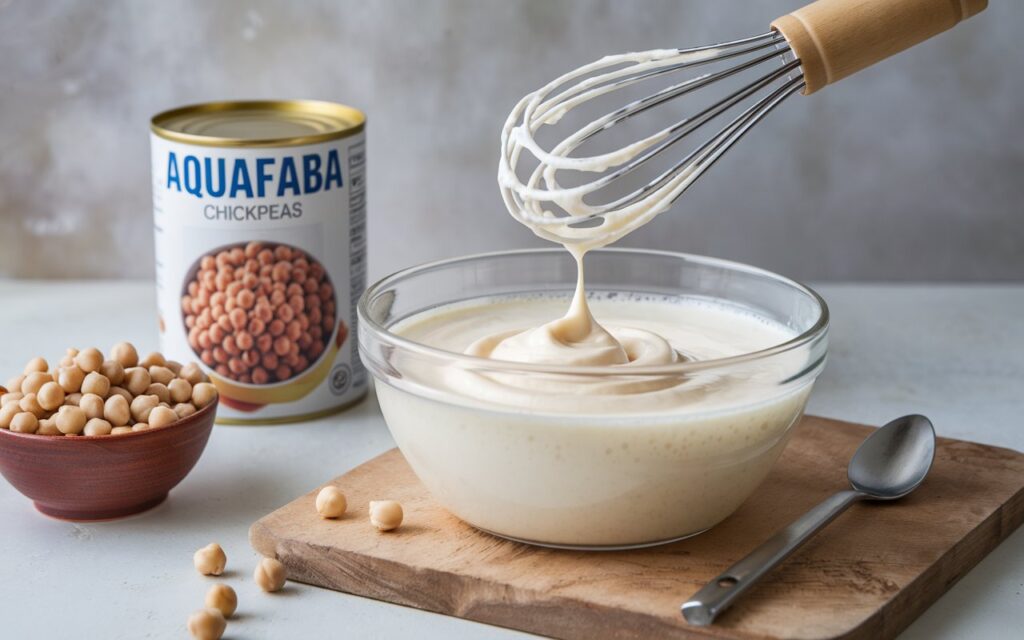
Aquafaba, the liquid from canned chickpeas, has revolutionized vegan and allergy-friendly cooking. It acts as a substitute for egg whites, making it ideal for meringues, mousses, and even mayonnaise. Three tablespoons (about 45 ml) of aquafaba equal one egg white. Whip it until frothy to create light, airy desserts or creamy emulsions. This ingredient has become a favorite for its surprising versatility and accessibility. Additionally, its use helps minimize food waste by repurposing a byproduct, aligning with sustainable cooking practices.
3. Purple Sweet Potatoes
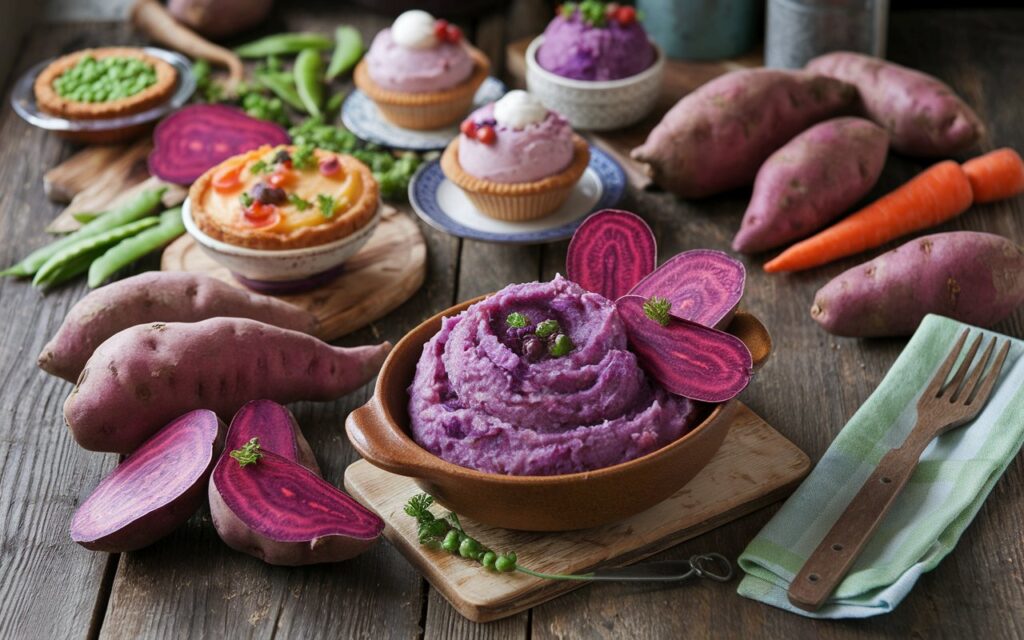
Purple sweet potatoes, rich in antioxidants and nutrients, are visually striking and delicious. Their vibrant hue makes them a favorite for desserts like pies, puddings, and ice creams. They can also be roasted, mashed, or used in soups for a unique twist. Packed with anthocyanins, these potatoes are liked for their health benefits and their ability to add a burst of color to any dish. Beyond their culinary appeal, they are versatile, easy to incorporate into various cuisines, and offer a delightful, naturally sweet flavor. Additionally, their eye-catching appearance elevates the presentation of any meal.
4. Miso
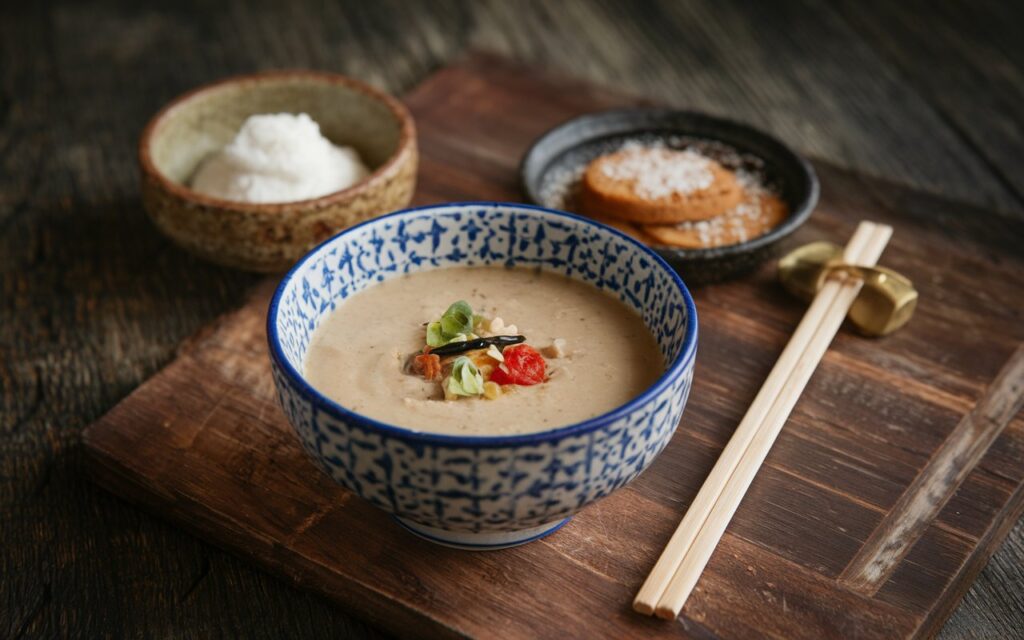
Miso, a fermented soybean paste, is being used far beyond traditional Japanese cuisine. Its umami flavor enhances soups, marinades, and even desserts like cookies and caramel sauces. High in probiotics, miso supports gut health. Use 1-2 tablespoons to add depth to salad dressings or glaze roasted vegetables. Its versatility and rich flavor profile make it a standout ingredient in modern kitchens. Beyond flavor, miso’s unique fermentation process creates a complex taste that complements both savory and sweet dishes. Its ability to balance flavors makes it indispensable for culinary innovation.
5. Black Garlic
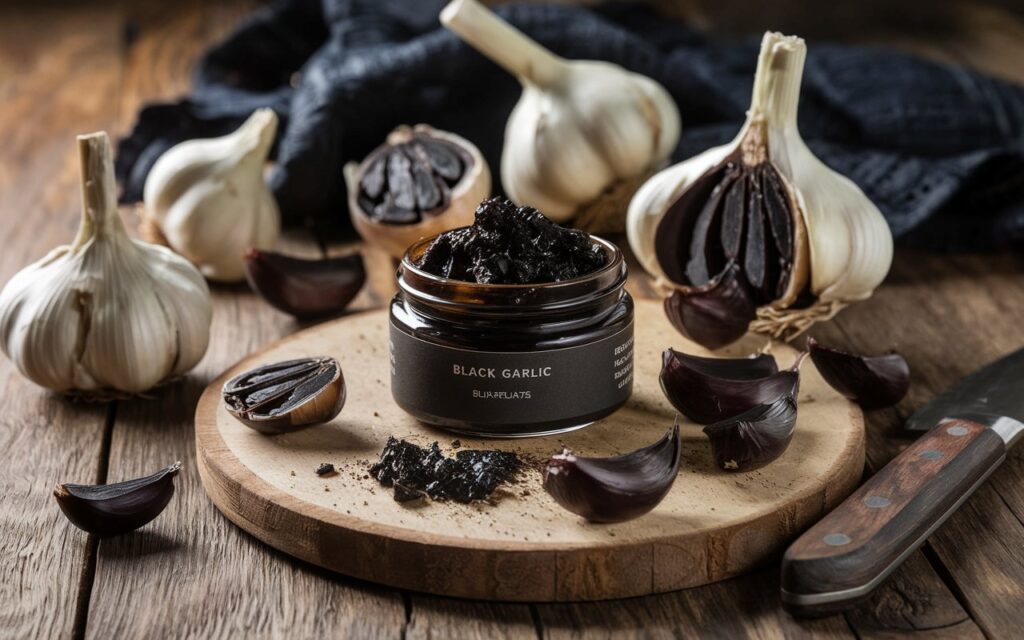
Black garlic, made by fermenting garlic bulbs at a controlled temperature, offers a sweet and tangy flavor unlike raw garlic. Its soft, caramelized texture is ideal for sauces, spreads, and garnishes. Packed with antioxidants, black garlic is both flavorful and health-conscious. Mash it into butter, blend it into salad dressings, or use it to enhance marinades for a bold taste. Its unique flavor profile pairs well with meats, roasted vegetables, and even pasta dishes. The fermentation process amplifies its umami essence, making it a favorite for chefs. Its dark, glossy cloves also add a visually appealing touch to gourmet presentations.
6. Hibiscus
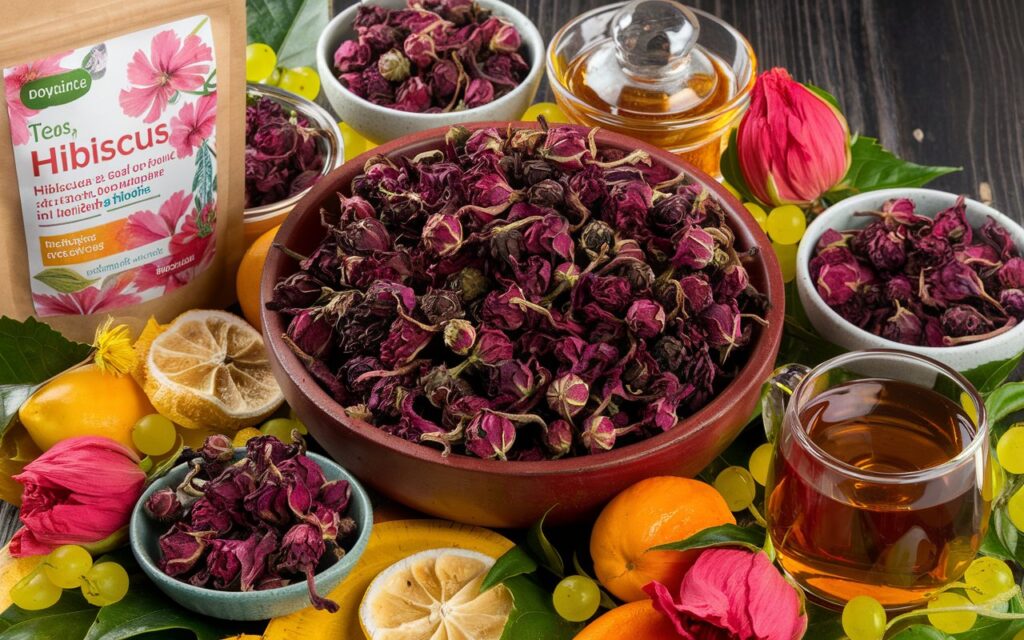
Hibiscus flowers are gaining attention for their tangy, cranberry-like flavor and deep red color. Commonly brewed into teas, hibiscus is now featured in syrups, desserts, and savory dishes. Rich in vitamin C and antioxidants, it’s a healthy way to add tartness to recipes. Use dried hibiscus petals to make refreshing drinks or incorporate them into jams and sauces. It’s also great in cocktails for a bold flavor twist, while candied hibiscus petals make a sweet snack. Add hibiscus to marinades for a zesty kick, use it as a natural food coloring, or blend it with citrus for balanced tartness. Create syrups for unique dessert toppings and experiment with hibiscus in tropical dishes.
7. Coconut Aminos
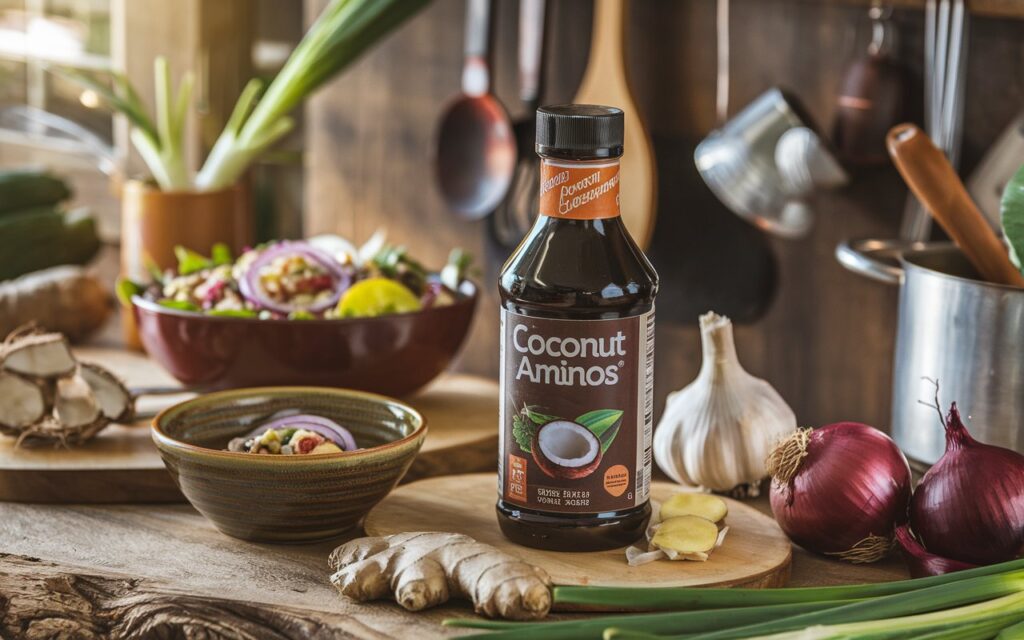
Coconut aminos, derived from the sap of coconut blossoms, are a gluten-free and soy-free alternative to soy sauce. Slightly sweeter and milder, they’re used to flavor stir-fries, marinades, and salad dressings. Packed with amino acids, this ingredient has become a staple for those seeking a healthier option without sacrificing flavor. They’re ideal for low-sodium diets, offering a less salty taste. Coconut aminos pair well with garlic and ginger for savory recipes. Use them as a dipping sauce for sushi or dumplings. Drizzle over roasted vegetables for added depth. Mix into soups or stews for a subtle umami kick. Combine with honey for a quick glaze. Add to rice or quinoa dishes for extra flavor. Their versatility makes them a must-have in any pantry.
8. Edible Flowers
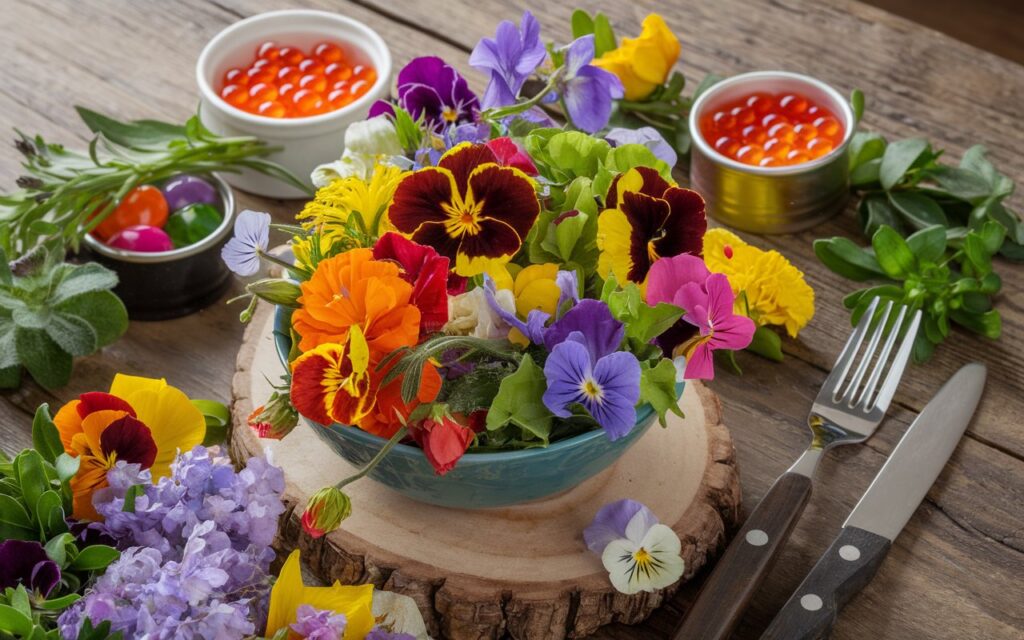
Edible flowers like nasturtiums, pansies, and marigolds are transforming the aesthetics and flavors of modern cuisine. These blooms add a delicate, peppery, or citrusy taste to salads, desserts, and drinks. Beyond their beauty, edible flowers offer unique textures and visual appeal, making them a favorite for garnishing both sweet and savory dishes. They can be crystallized for elegant dessert decorations. Use them to infuse syrups or oils for a floral twist. Sprinkle over cakes for a natural touch of color. Add them to ice cubes for stunning drink presentations. Blend them into butter for a creative spread. Create floral salads with mixed greens and vinaigrette. Incorporate into pasta or risotto for unexpected bursts of flavor.
9. Harissa

Harissa, a North African chili paste made from roasted red peppers, garlic, olive oil, and various spices, is gaining popularity for its smoky, spicy kick. This fiery condiment is being used to enhance meats, vegetables, and even pasta dishes. Known for its versatility, it adds depth and heat to any cuisine. As chefs and home cooks alike experiment with it, harissa is rapidly becoming a go-to ingredient in kitchens worldwide, changing the way we think about spice. Its blend of heat and earthiness works in sauces, soups, and dressings. The paste is also a favorite for spicing up roasted vegetables and grains. The addition of harissa to dishes not only enhances flavors but also introduces an exciting complexity.
10. Yuzu
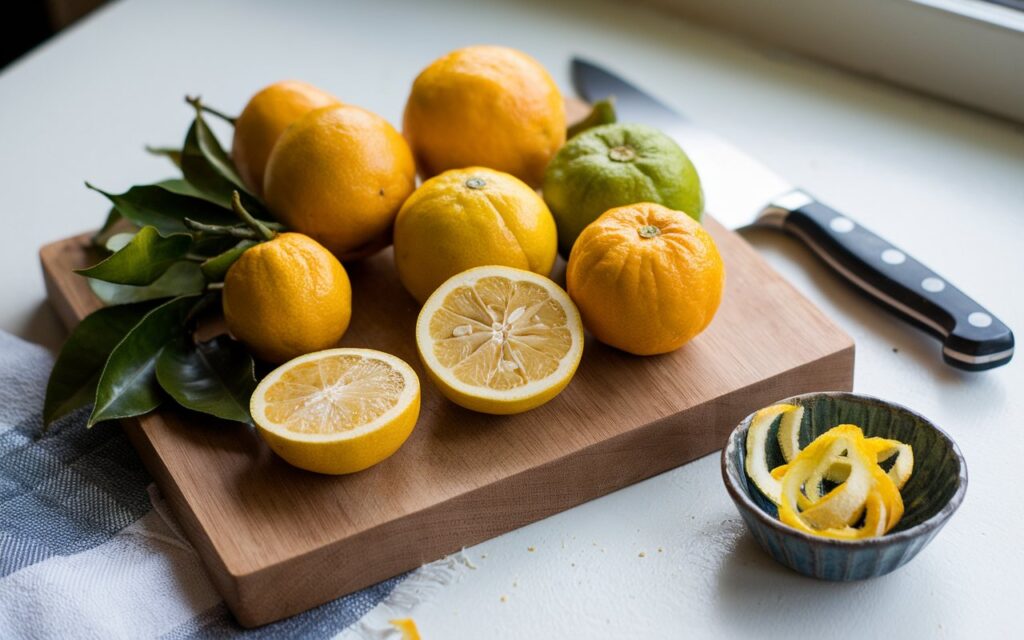
Yuzu, a citrus fruit native to East Asia, is gaining attention for its unique tart and fragrant flavor. It’s used in a variety of dishes, from cocktails and dressings to desserts and marinades. Yuzu’s distinct taste is becoming a favorite for chefs looking to add a new twist to traditional flavors. Its zest is often used to create aromatic garnishes or infused into oils and vinegars. In Japanese cuisine, yuzu is a key ingredient in ponzu sauce, giving it a refreshing citrus kick. The fruit’s juice also enhances the flavor of ice creams and sorbets, offering a burst of refreshing citrus. Yuzu has found a place in both savory and sweet recipes, from grilled meats to delicate pastries. As its popularity grows, yuzu is becoming a global favorite, inspiring innovation in kitchens worldwide.
11. Matcha
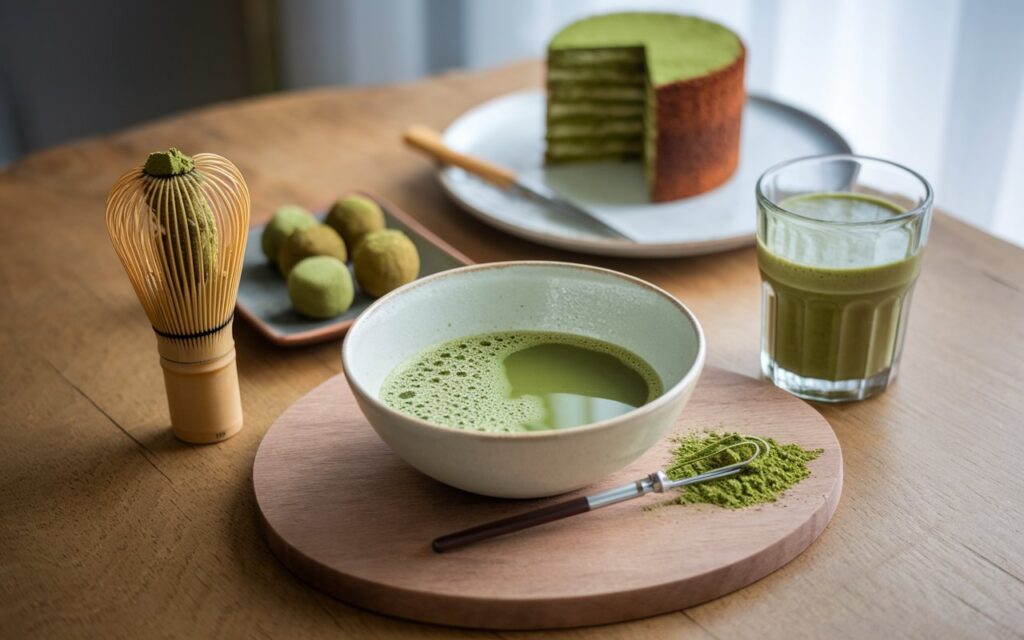
Matcha, finely ground green tea powder, has grown beyond lattes and tea ceremonies. Known for its green color and earthy flavor, matcha is now used in cakes, pancakes, smoothies, and even savory dishes like noodles. Rich in antioxidants and offering a mild caffeine boost, matcha is both a flavor enhancer and a health-conscious choice. It’s also used in smoothies, offering a natural energy boost. Many chefs incorporate matcha into baked goods, creating visually striking desserts. Its unique taste complements both sweet and savory dishes. As a versatile ingredient, matcha is making its way into a variety of cuisines worldwide.
12. Freekeh
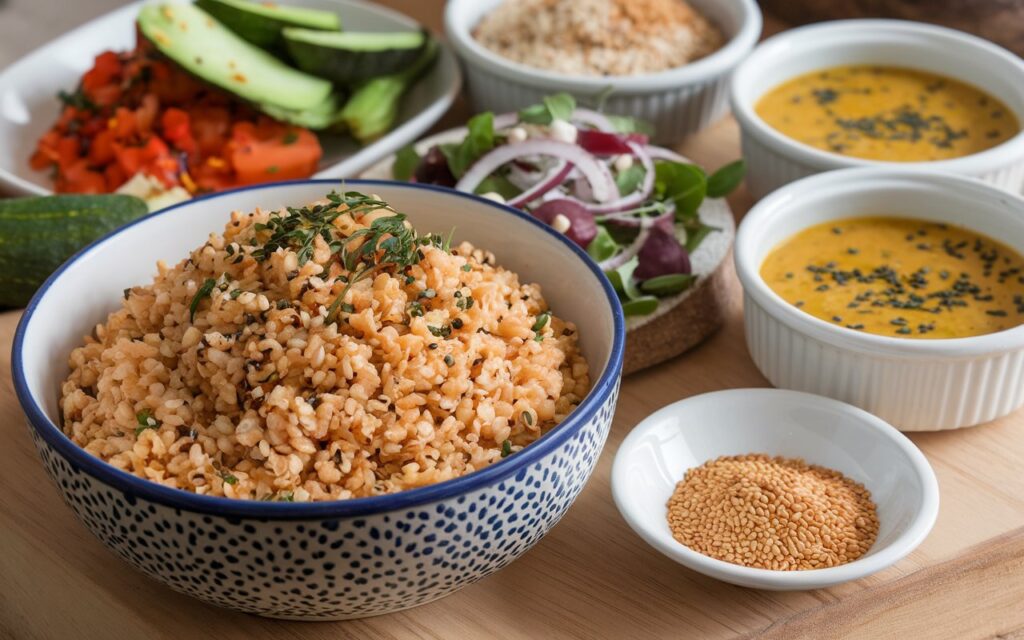
Freekeh, a roasted green wheat, is gaining popularity as a high-protein grain alternative. Its nutty, smoky flavor pairs well with vegetables, salads, and soups. Packed with fiber and nutrients, freekeh is a great base for grain bowls or pilafs. Cook it like rice and enjoy its chewy texture in both warm and cold dishes. Freekeh is also an excellent substitute for quinoa or couscous. It absorbs flavors beautifully, making it a great addition to stews and braises. Its high protein content makes it a satisfying option for plant-based diets. As more people turn to whole grains, freekeh’s unique taste and texture are gaining recognition in modern kitchens.
13. Cashew Cream
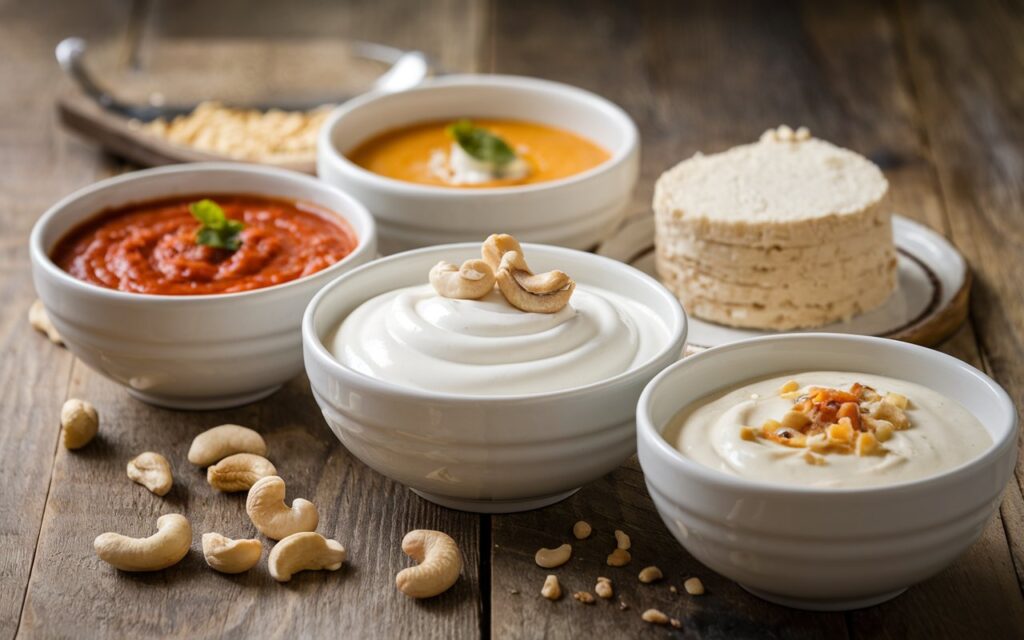
Cashew cream is a creamy, dairy-free alternative to traditional cream, made by blending soaked cashews with water. It’s used in pasta sauces, soups, and desserts. Mild and versatile, cashew cream adapts to both sweet and savory applications. Add lemon juice for a tangy edge or vanilla for a dessert base. It’s a favorite for its silky texture and neutral taste. Cashew cream can also be used as a base for dairy-free cheeses. It provides richness to vegan dishes without the need for dairy. As a substitute for heavy cream, it adds creaminess without the calories. With its ability to be flavored easily, cashew cream is an essential ingredient in plant-based cooking.
14. Gochujang
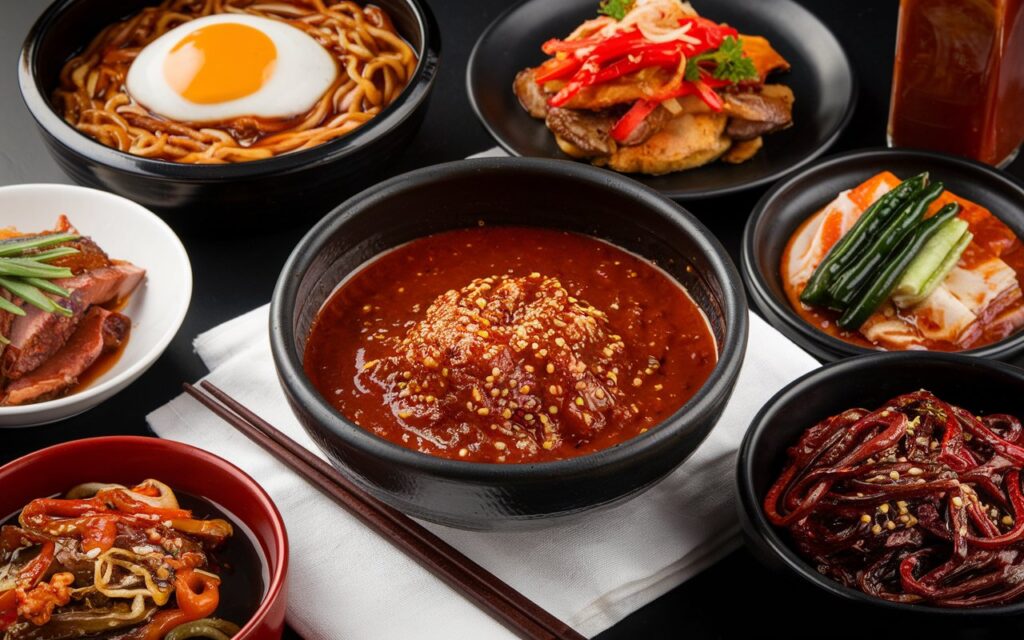
Gochujang, a Korean fermented chili paste, offers a spicy, sweet, and savory punch. Traditionally used in Korean dishes like bibimbap, it’s now featured in marinades, stir-fries, and even barbecue sauces. Use 1-2 tablespoons to add depth and heat to your dishes. Its umami flavor and versatility make it a favorite for adventurous cooks. Gochujang is also used in dipping sauces for dumplings and vegetables. It enhances soups and stews with its bold, complex flavor. Mixed with mayo or yogurt, it creates a spicy condiment for sandwiches. Its smoky sweetness also works well in glazes for meats and tofu. As a pantry staple, gochujang continues to inspire creative recipes.
15. Activated Charcoal
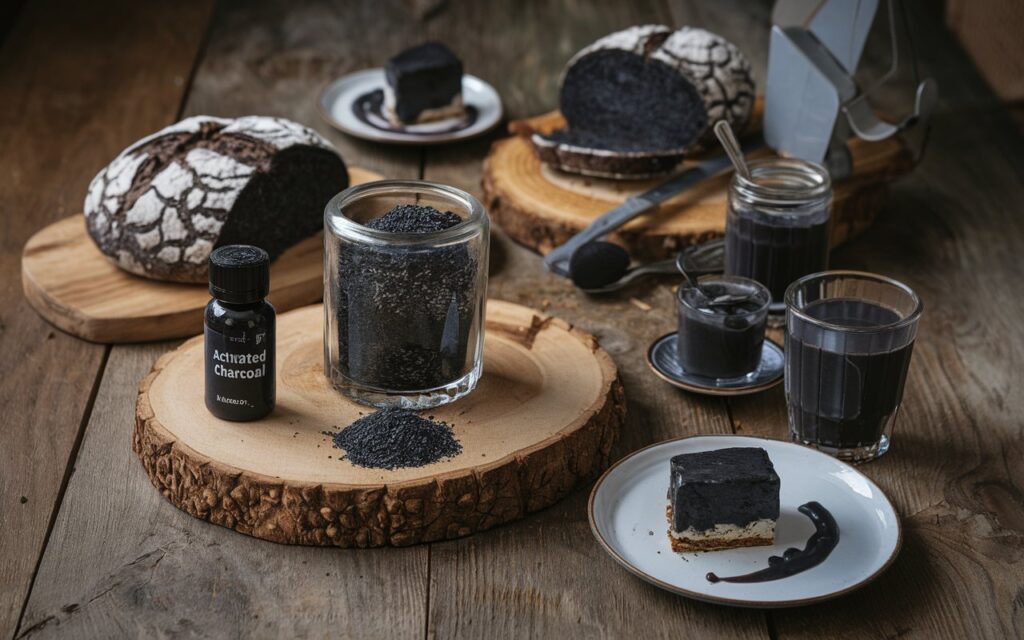
Activated charcoal is making its way into foods like breads, ice creams, and drinks for its striking black color and purported detoxifying benefits. Made from coconut shells or bamboo, it adds a subtle earthy flavor. While it’s primarily valued for its aesthetic, activated charcoal also provides a unique twist to modern culinary creations. It’s used in lattes and cocktails for a bold, dramatic presentation. Many bakeries incorporate it into cookies and cakes for visual appeal. It pairs well with citrus flavors, creating balanced contrasts in desserts. Chefs also experiment with it in savory dishes like burger buns and pizza crusts. Its eye-catching look continues to make it a popular choice.
